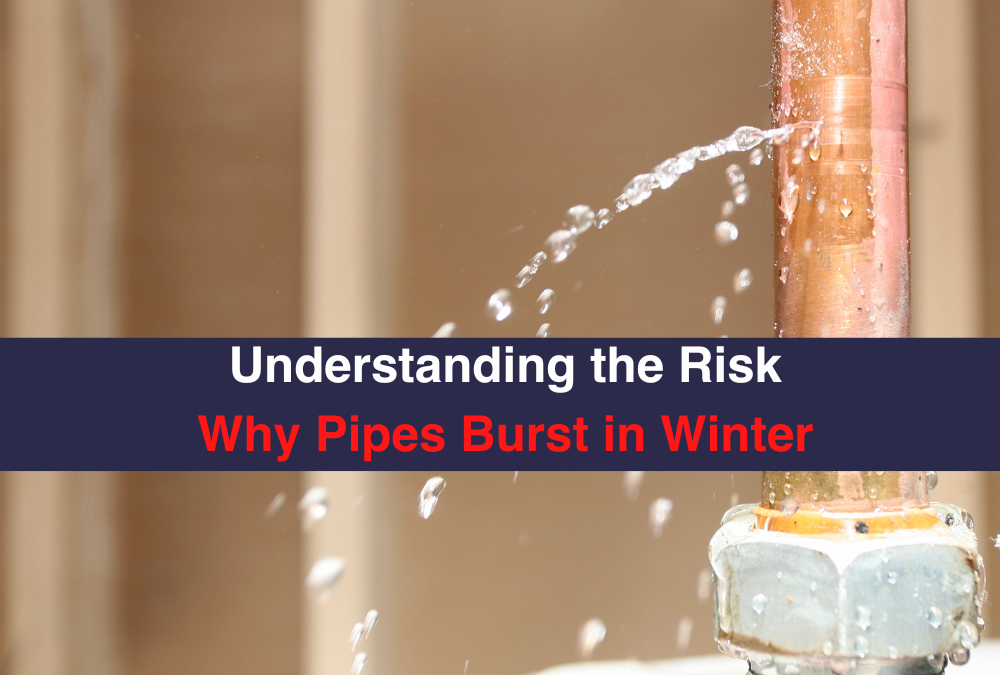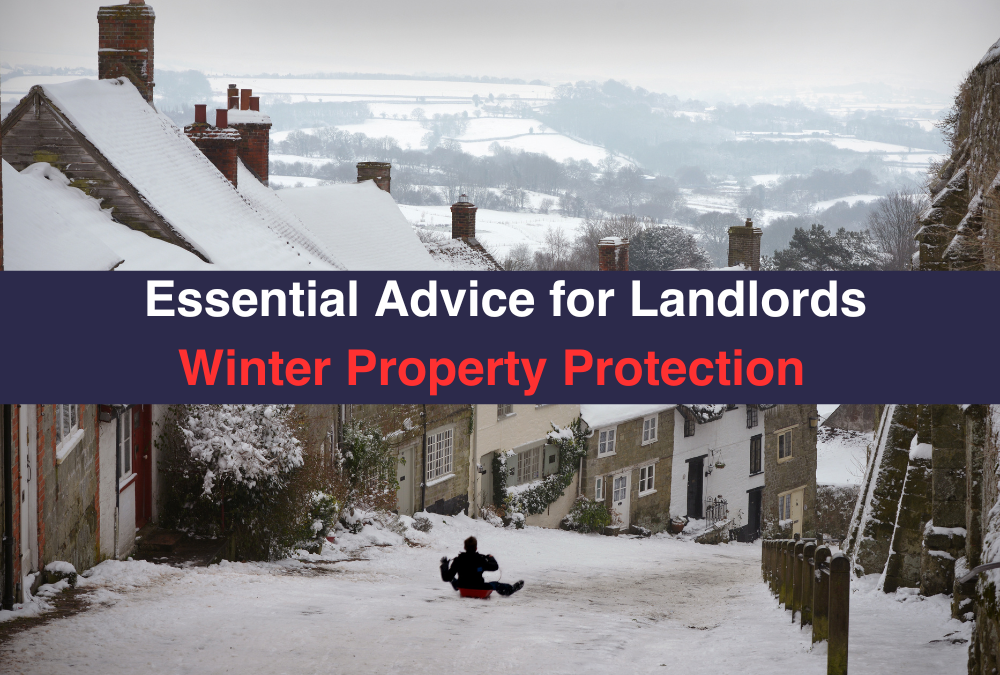As the cold weather rolls around each year, landlords and letting agents are on high alert for the threat of mould and damp in properties.
This is a common issue in many homes, but it’s very important to know your responsibilities as mould can be unpleasant for your tenants to live with. More worryingly, it can also cause health problems for your tenants which can leave you open to legal action from them if they are affected by it.
Of course, there will be times when the accumulation of damp and mould in a property is not explicitly your responsibility to deal with.
For example, condensation caused as result of poor ventilation in the property could be due to a tenant not opening their windows. This would be their responsibility to resolve. However, it’s still your responsibility to ensure that the condensation is not a result of the house itself having poor ventilation.
Another reason why it’s important for you to stay on top of damp and mould is because the Home (Fitness for Human Habitation) Bill is going to be passed soon and the Human Health and Safety Rating System will be used as a main deciding factor in whether a home is considered fit for human habitation. Damp and mould is a huge part of this rating system.
Understanding damp and mould
Damp can cause allergic reactions, breathing and respiratory problems for your tenants if left unchecked. The best thing you can do is catch it before it spreads. To deal with a damp issue, you’ll need to be able to identify what kind of damp you’re dealing with. There are three different types you may come across in a property:
Condensation
- Appears on cold window panes due to excess moisture in the air
- Can also appear on cold walls
- This can lead to mould growth
- Can appear at any time of year
Penetrating Damp
- Can be caused by internal leaks
- Plumbing issues can also be a factor
- Commonly found on leaking walls or roofs
Rising Damp
- Often seen in older properties
- Excess moisture is drawn up into the bricks or concrete from the bottom of the house
Some cases are more serious than others. Mould that is not too bad could be solved with a quick wipe and a fungicidal wash. For more serious cases, you may need to call in a professional to deal with the problem.
How you can help your tenants understand damp and mould
The best way to avoid having to deal with these issues is to avoid it in the first place. One way you can do this is by educating your tenants on how to prevent the spread of damp and mould by ensuring their property is well-ventilated.
You may want to put together a welcome pack with this information provided. Making sure they understand the health risks associated with living with damp and mould might help too!
What can your tenants do?
Here are some tips to share with your tenants to reduce the likelihood of damp and mould:
- Don’t dry clothes indoors. If they must, ensure that a window is kept open
- Keep the property well heated
- Make sure all areas of the home that provide ventilation are unblocked (e.g. chimneys)
Remember that your tenants have just as much responsibility as you do to take steps to avoid damp and mould in the home.
Does the thought of damp and mould in your property give you the chills?
Us too! That’s why we’ve got lots of tips on hand to help you prevent and deal with ventilation issues, should they arise. If you have any questions, don’t hesitate to get in touch with out property management team!
Related Articles
- Condensation vs Damp Info for Landlords
- Condensation and How To Beat It
- Landlords Guide to Water Supply & Your Responsibilities
- Preparing Your Property For Winter
- Homes (Fitness for Human Habitation) Act 2018








